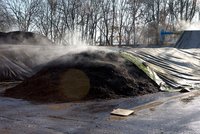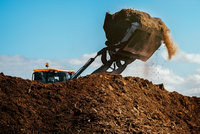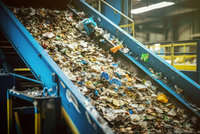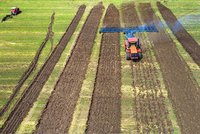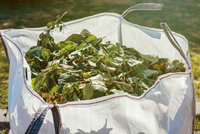What nature achieves alone when organic material is decomposed over months, can be optimized and accelerated with modern technology under controlled conditions? Usually, an enclosed plant is necessary for this purpose. However, this is not the case with a membrane cover made of GORE© Cover Laminat for compost windrows. It creates a real "climate chamber" for the compost windrows and is by far more cost-effective, simpler and more flexible than a building.


